Traditional knowledge for a sustainable future
Securing Indigenous land rights and protecting biodiversity in Tanzania
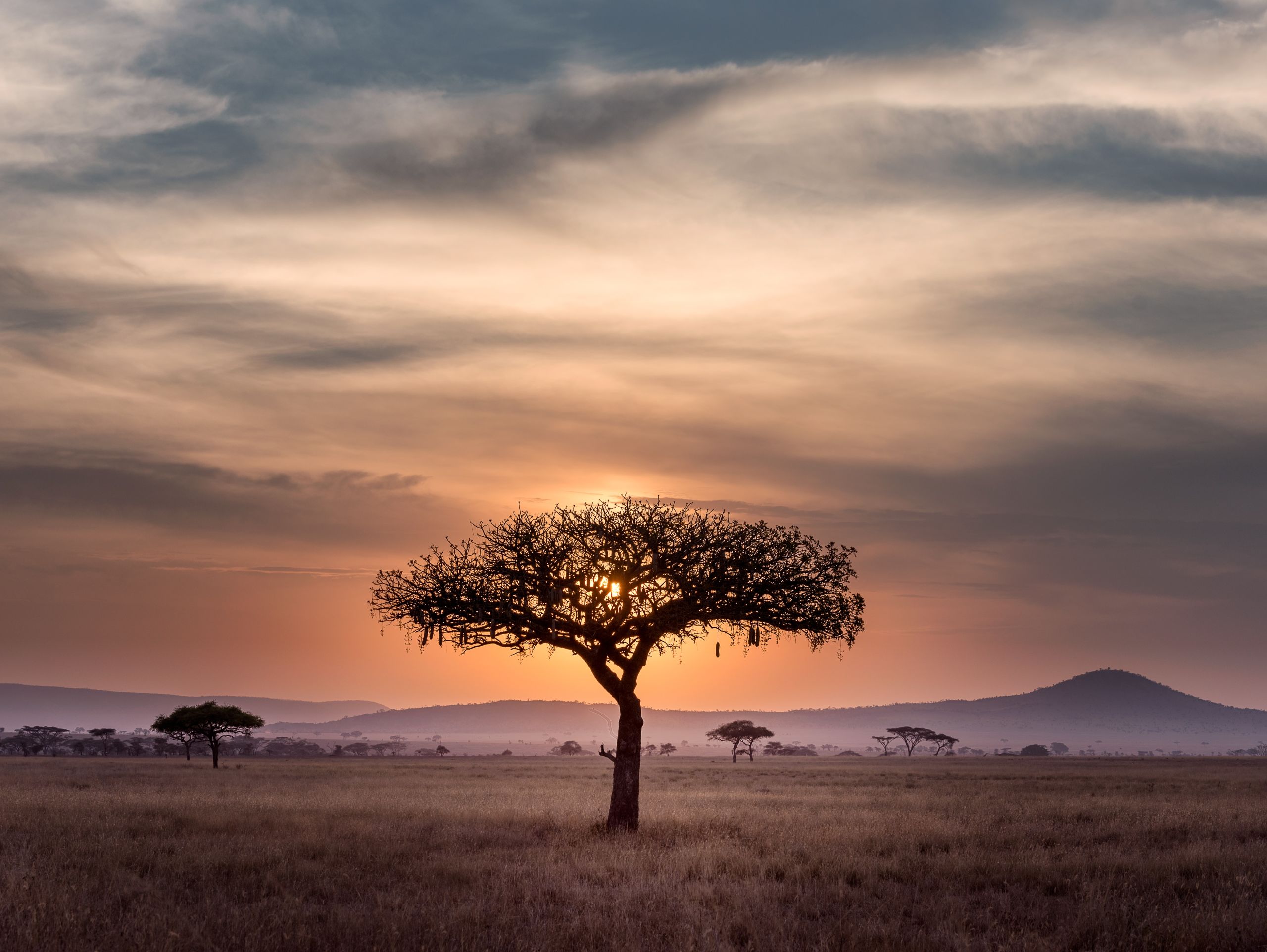
On a cloudy day in June 2020, dozens of herders dressed in brightly coloured robes gathered under the widely spaced trees that are typical of savannah landscapes in northern Tanzania.
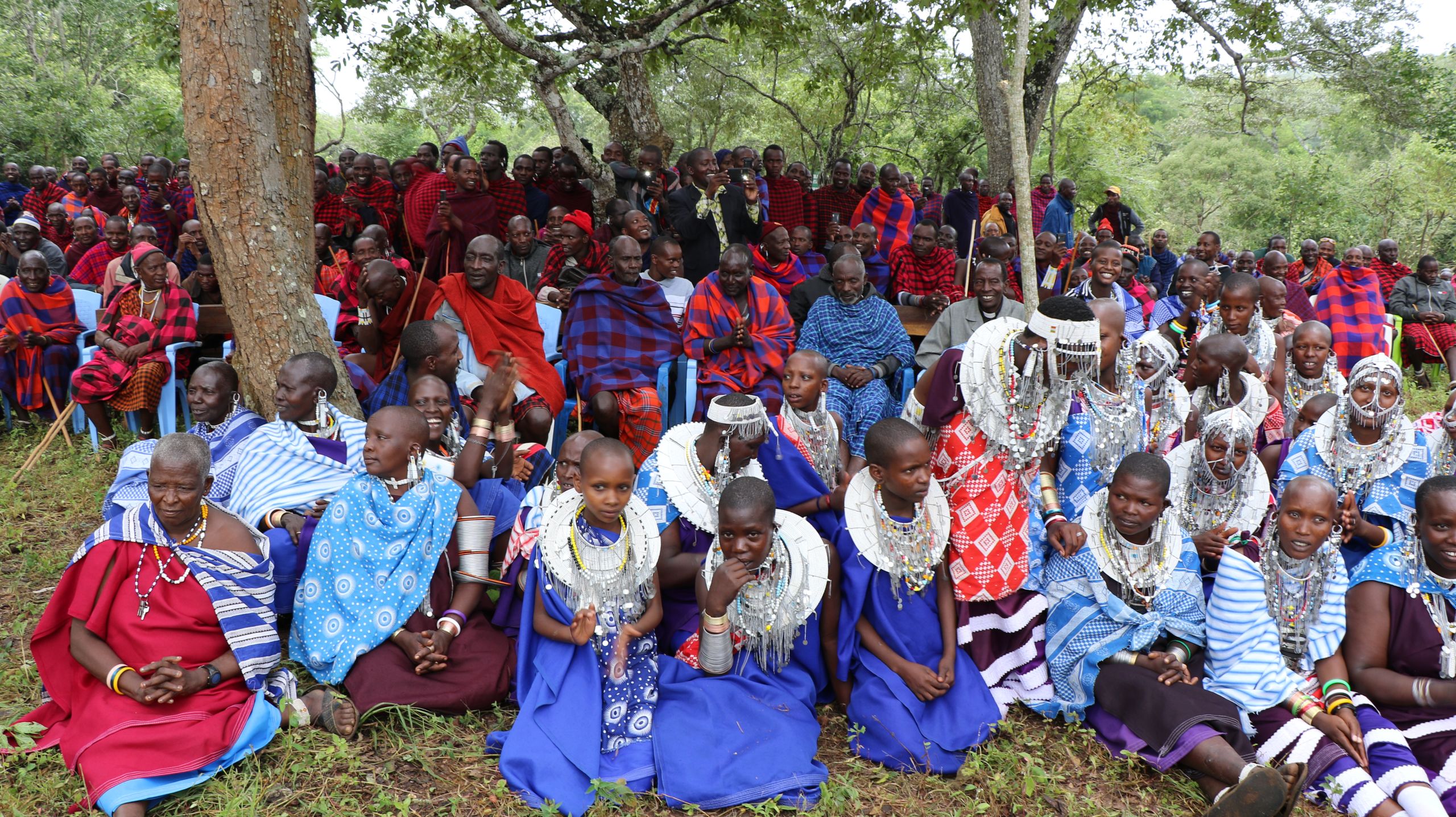
Event for distribution of legal documents at Enganguangare village, OLENGAPA. Photo: © UNDP Tanzania CO, SGP Tanzania.
It was the beginning of the dry season in Kiteto district, which is home to a variety of Indigenous Peoples, including the semi-nomadic Maasai pastoralists that had congregated in anticipation.
“We have been waiting for this event for a long time and we are relieved to see it happen today.”
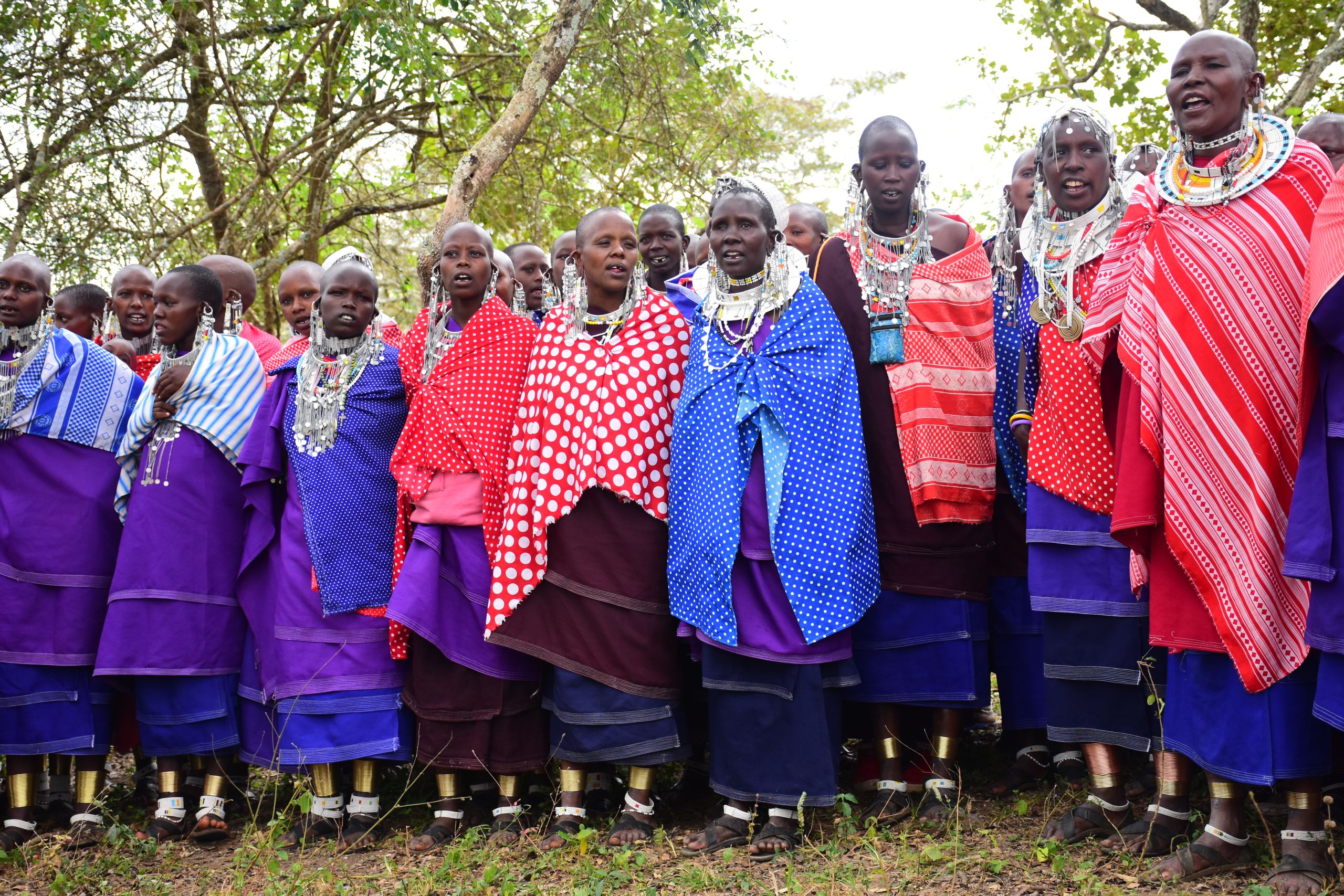
Photo: © UNDP Tanzania CO, SGP Tanzania.
On this occasion, local leaders from the community-conserved shared grazing area of OLENGAPA received nine legal documents that certify their right to use a territory of more than 7,000 hectares for their livestock and traditional ceremonies.
This represented a major milestone in the efforts to address conflicts over land and natural resource use between pastoralist villages, farmers, hunter-gatherers and other groups in the region, while promoting biodiversity conservation, strengthening livelihoods and improving food security for sustainable rural development.
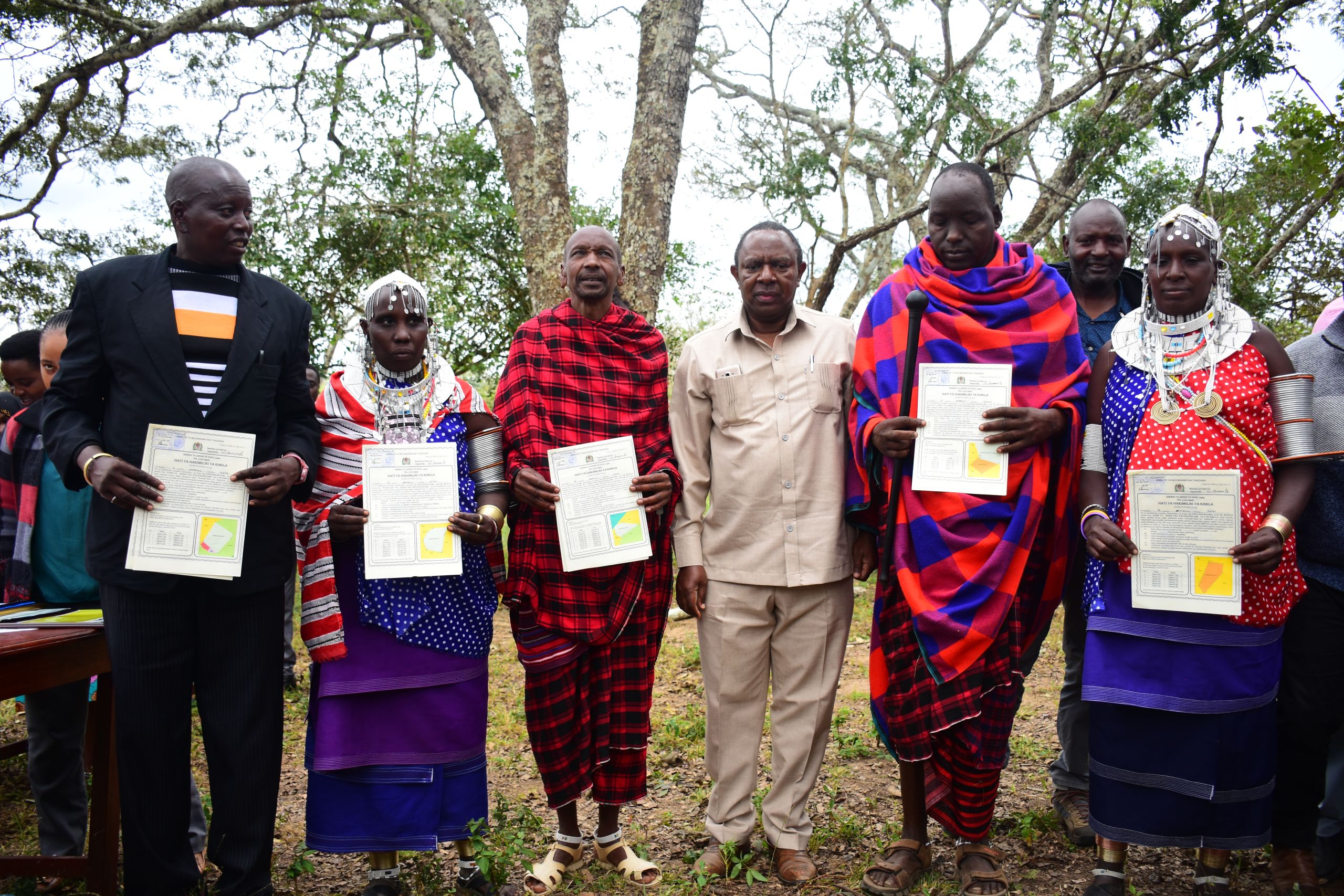
Pastoralists show their new legal documents that secure their land rights, in a photo with a government official. Photo: © UNDP Tanzania CO, SGP Tanzania.
“This will unite us in eliminating land disputes and improving land [and natural resource] use plans”, said the chair of the Alole grazing cluster, Lamarai Naagwe. Ward councillor Mbambire Oloikurukur added with joy: “I feel like our country has been reborn, because it has a lot of [land related] conflicts and we had nowhere to go to resolve, so today I am very happy”.
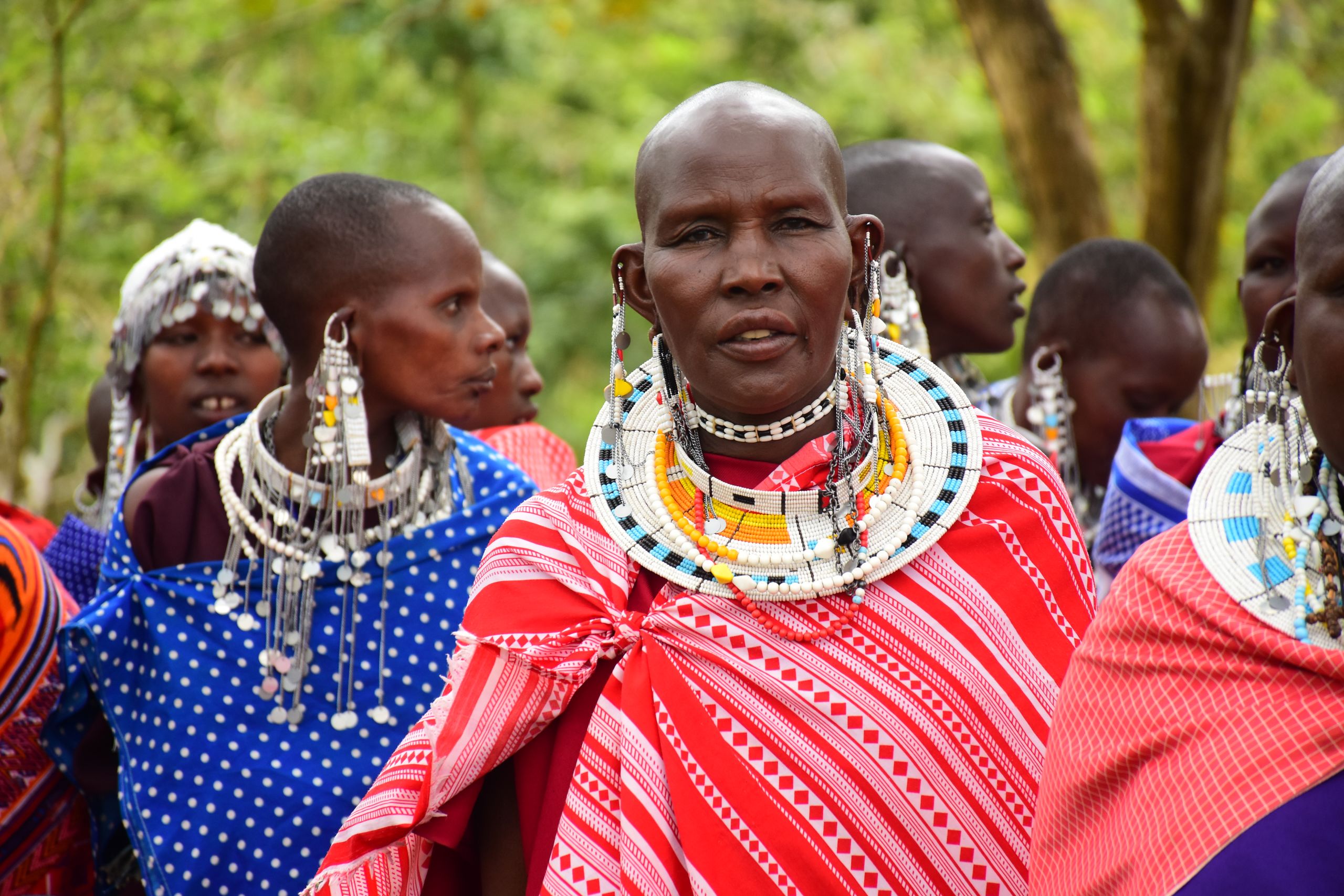
Women of the communities in OLENGAPA gather for the event. Photo: © UNDP Tanzania CO, SGP Tanzania.

Event for distribution of legal documents at Enganguangare village, OLENGAPA. Photo: © UNDP Tanzania CO, SGP Tanzania.
Event for distribution of legal documents at Enganguangare village, OLENGAPA. Photo: © UNDP Tanzania CO, SGP Tanzania.

Photo: © UNDP Tanzania CO, SGP Tanzania.
Photo: © UNDP Tanzania CO, SGP Tanzania.

Pastoralists show their new legal documents that secure their land rights, in a photo with a government official. Photo: © UNDP Tanzania CO, SGP Tanzania.
Pastoralists show their new legal documents that secure their land rights, in a photo with a government official. Photo: © UNDP Tanzania CO, SGP Tanzania.

Women of the communities in OLENGAPA gather for the event. Photo: © UNDP Tanzania CO, SGP Tanzania.
Women of the communities in OLENGAPA gather for the event. Photo: © UNDP Tanzania CO, SGP Tanzania.
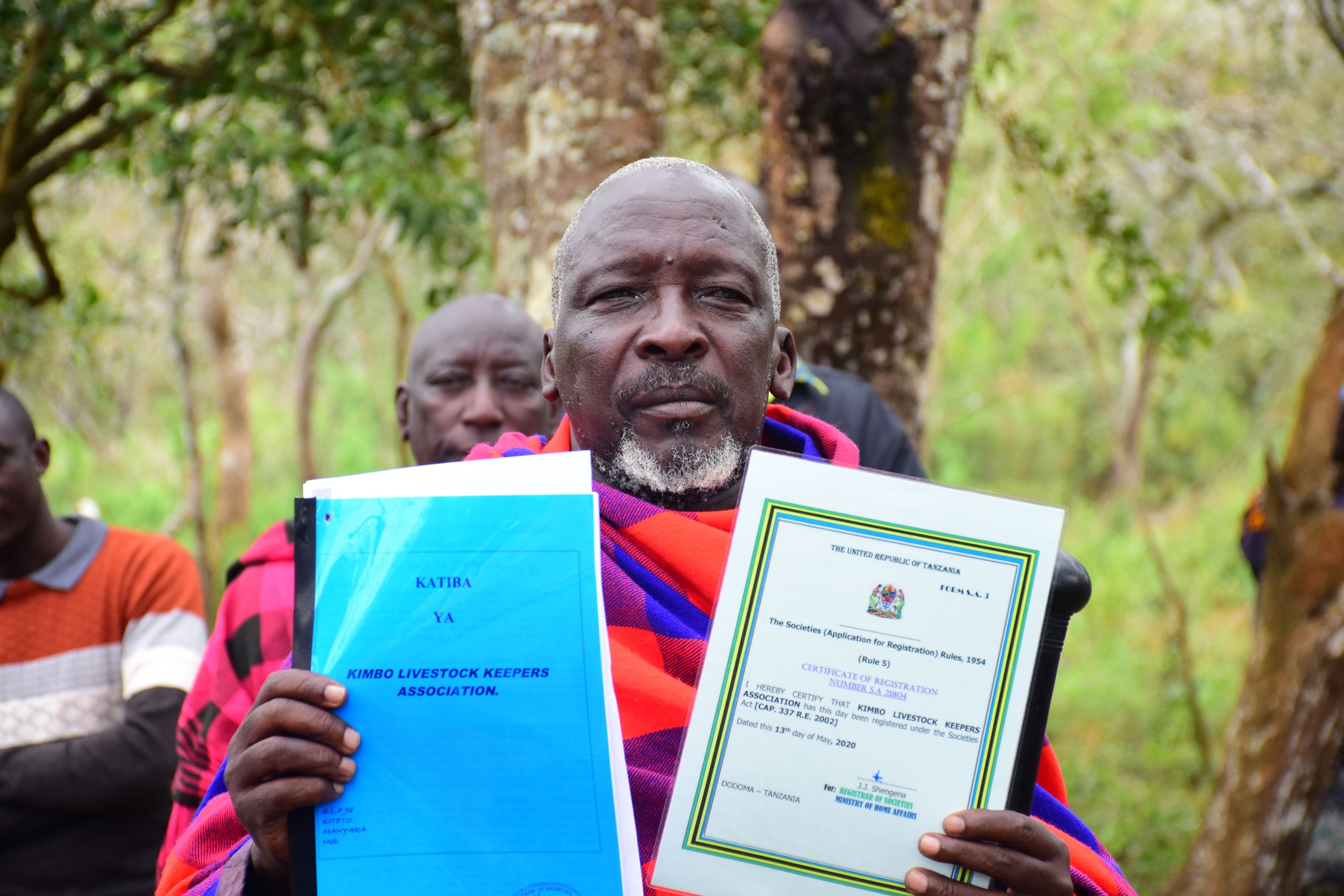

A pastoralist community leader proudly shows the legal documents that secure his community's land rights. Photo: © UNDP Tanzania CO, SGP Tanzania.
A pastoralist community leader proudly show his new certificate of registration.

Maasai giraffes, Katavi National Park, Tanzania. Photo: Gregoire Dubois.
Maasai giraffes, Katavi National Park, Tanzania. Photo: Gregoire Dubois.
Indigenous Peoples and Community-Conserved Territories and Areas
The grasslands extending across southern Kenya and northern Tanzania contain some of the greatest wildlife concentrations globally, especially in iconic protected areas such as the Serengeti, Maasai Mara and Mount Kilimanjaro.
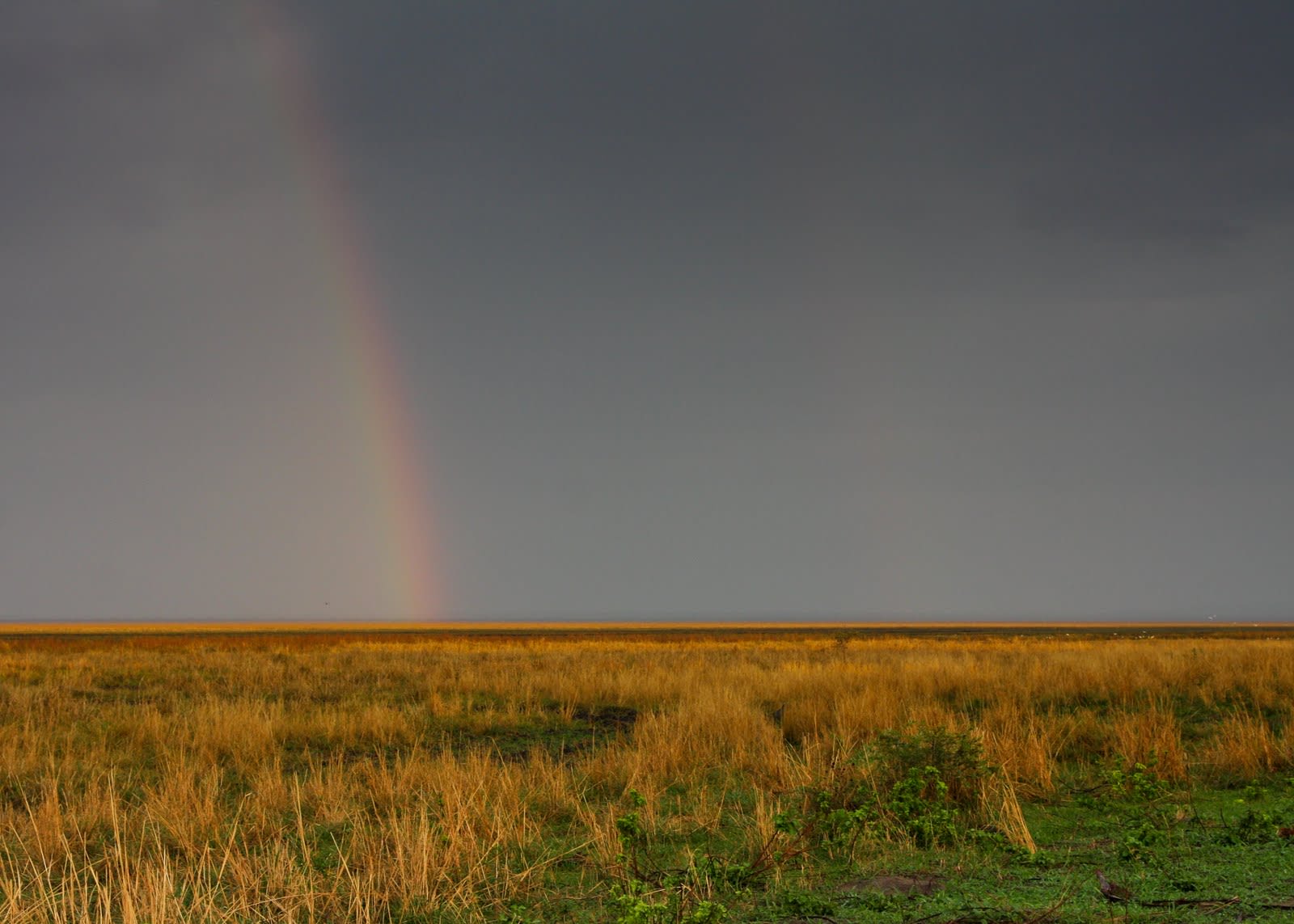
Rainbow over the plains of Katavi National Park, Tanzania. Photo: Gregoire Dubois.
They are also home to Indigenous Peoples who play key roles in the sustainable management of natural resources beyond government-designated protected areas, many of which are under increasing pressure from unsustainable agriculture practices, infrastructure development and wildlife poaching, all aggravated by human population growth and climate change.
Indigenous Peoples and Community Conserved Territories and Areas (ICCAs) are territories governed and managed by Indigenous Peoples and local communities through traditional knowledge, norms and practices, with proven positive outcomes for the conservation of biological and cultural diversity.
Splitting herds to ensure special care and pasture for young and sick animals and setting aside grazing areas for different seasons are some of the traditional Maasai practices that allow livestock and wildlife to co-exist and grazed land to regenerate over time.
The lives of the Maasai revolve around their livestock, which constitute their primary source of food and livelihoods: they eat the meat, drink the milk daily and occasionally partake of blood on traditional ceremonies, when bulls, goats and lambs are slaughtered for special feasts.
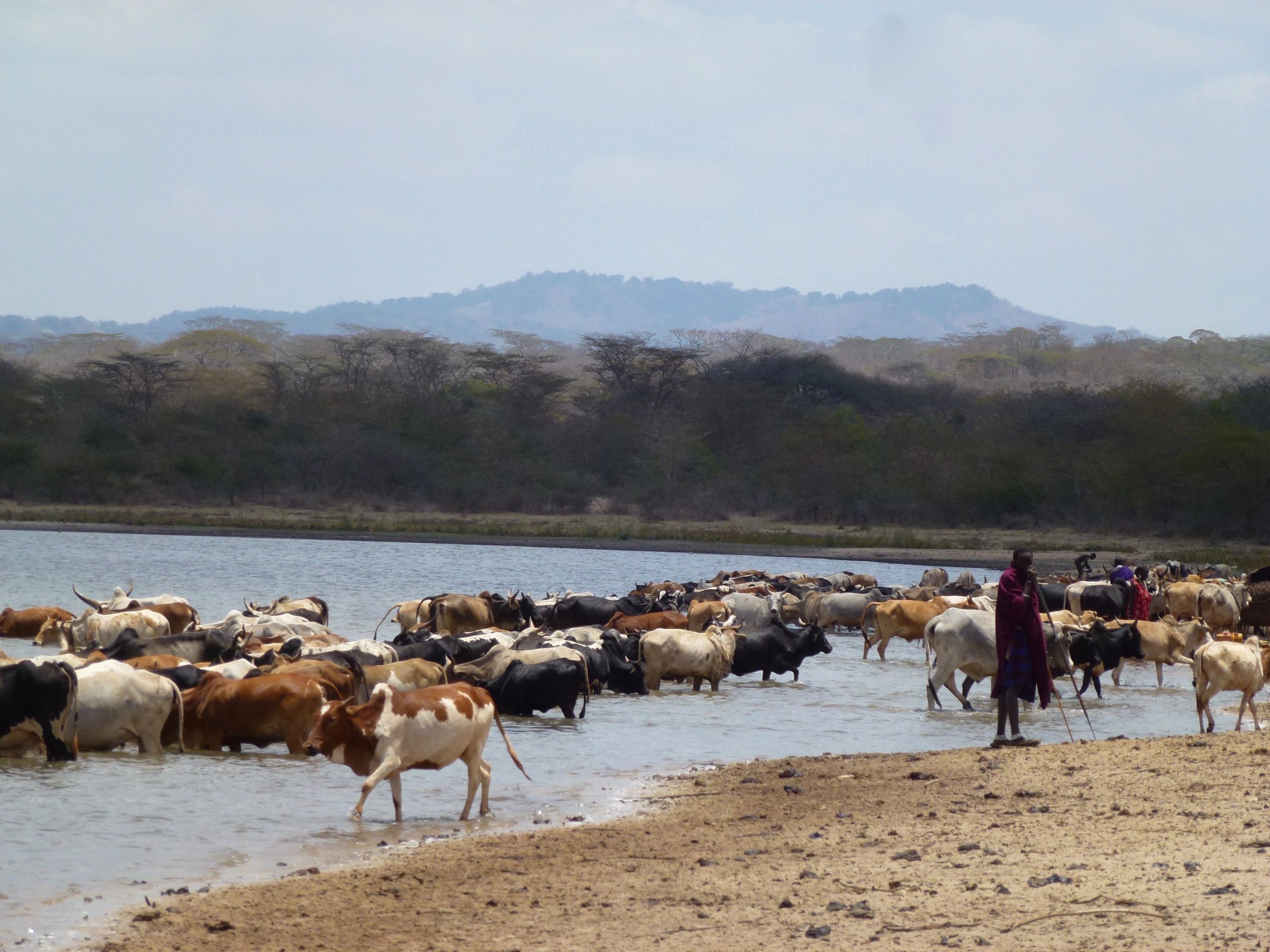
Maasai pastoralist in Olkitikiti village, in OLENGAPA. Photo: ILRI, Fiona Flintan.
These cultural activities are also very important for conservation, as they are conducted in areas that are traditionally protected by communities.

Rainbow over the plains of Katavi National Park, Tanzania. Photo: Gregoire Dubois.
Rainbow over the plains of Katavi National Park, Tanzania. Photo: Gregoire Dubois.

Maasai pastoralist in Olkitikiti village, in OLENGAPA. Photo: ILRI, Fiona Flintan.
Maasai pastoralist in Olkitikiti village, in OLENGAPA. Photo: ILRI, Fiona Flintan.
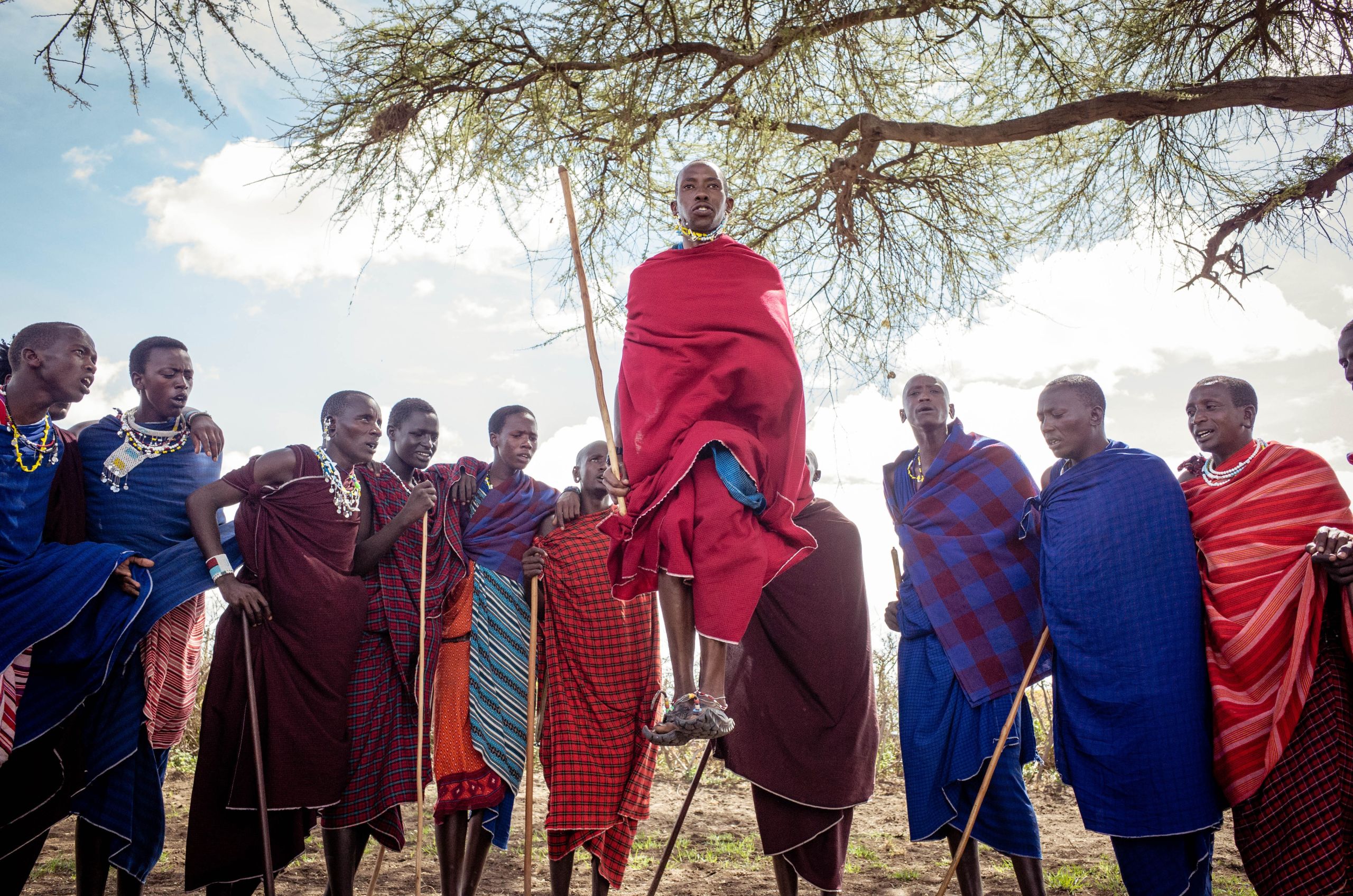
Welcome ceremony of Maasai's Serengeti, Tanzania. Photo: Ramon Sanchez Orense, Unsplash.com.
Welcome ceremony of Maasai's Serengeti, Tanzania. Photo: Ramon Sanchez Orense, Unsplash.com.
One of the biggest challenges facing ICCAs around the world is the lack of sufficient recognition and legal status of the territories and lands within local, regional and national policy frameworks. That is why the event held in Kiteto district was significant.
“The legal documents shield pastoral villages from land grabbing, which is affecting most communities in Tanzania”, explained Nehemiah Murusuri, National Coordinator of the Global Environment Facility's Small Grants Programme (SGP), implemented by the United Nations Development Programme (UNDP) in Tanzania. “We are quite excited by these outstanding results from these communities, which were supported through SGP’s partnership with the Global Support Initiative for Indigenous Peoples and Community Conserved Territories and Areas (ICCA-GSI), with funding from the Federal Ministry for the Environment, Nature Conservation and Nuclear Safety of the Government of Germany”.
In 2017, SGP selected the civil society organisation Tanzania Natural Resource Forum (TNRF) to support, strengthen and ensure the long-term sustainability of ICCAs in the country by building the capacity of community-based organisations to manage them, creating a national ICCA database, promoting their recognition, and establishing a network of local ICCAs with links to regional and global structures.
TNRF worked with SGP Tanzania to support 13 community-based organisations to implement various projects on biodiversity conservation, sustainable livelihoods, good governance, women’s empowerment, and climate change resilience in ICCAs throughout Tanzania.
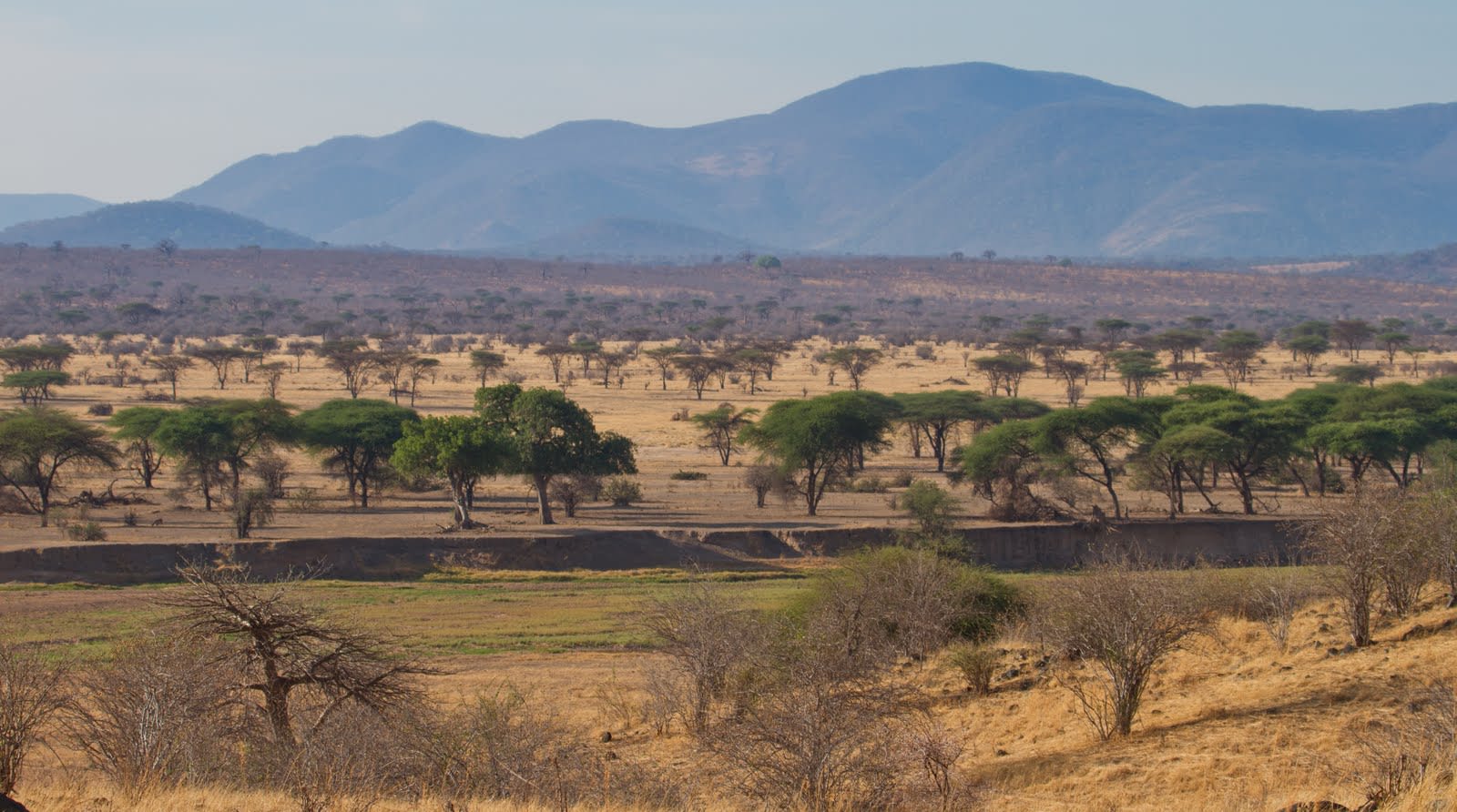
OLENGAPA
One of these ICCAs was OLENGAPA, which covers four villages and over 30,000 hectares in Kiteto district .
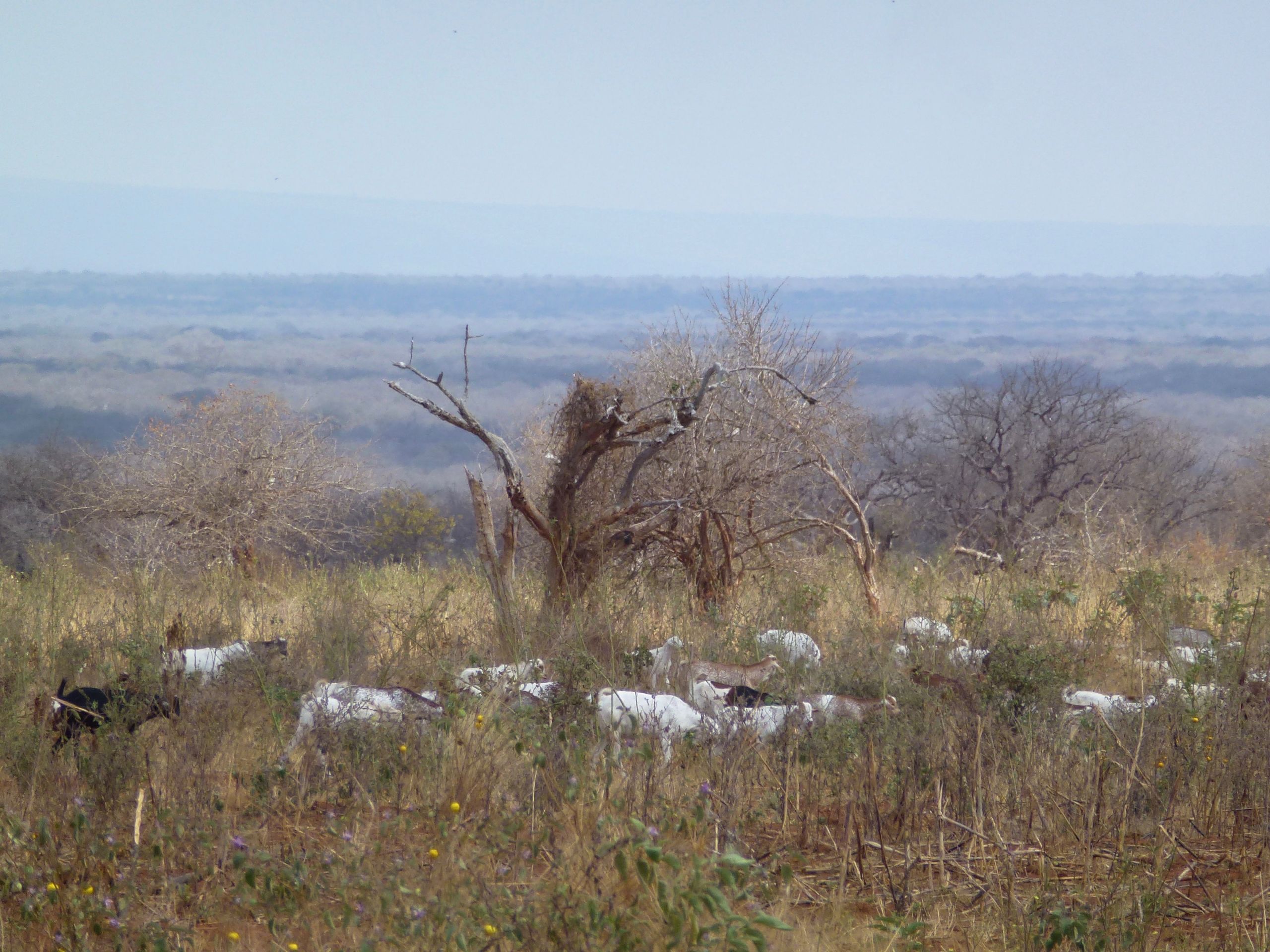
OLENGAPA shared grazing area. Photo: ILRI, Fiona Flintan.
With support from SGP, the local organisation KINNAPA promoted the sustainable management of natural resources, addressing conflicts between farmers and pastoralists, advancing cultural heritage conservation, and empowering women to improve gender equality in the historically patriarchal Maasai communities of OLENGAPA.
The implementation of this project started in early 2020, with the creation of nurseries for a grass species (Cenchrus ciliaris) that improves pastures with its high biomass and seed production.
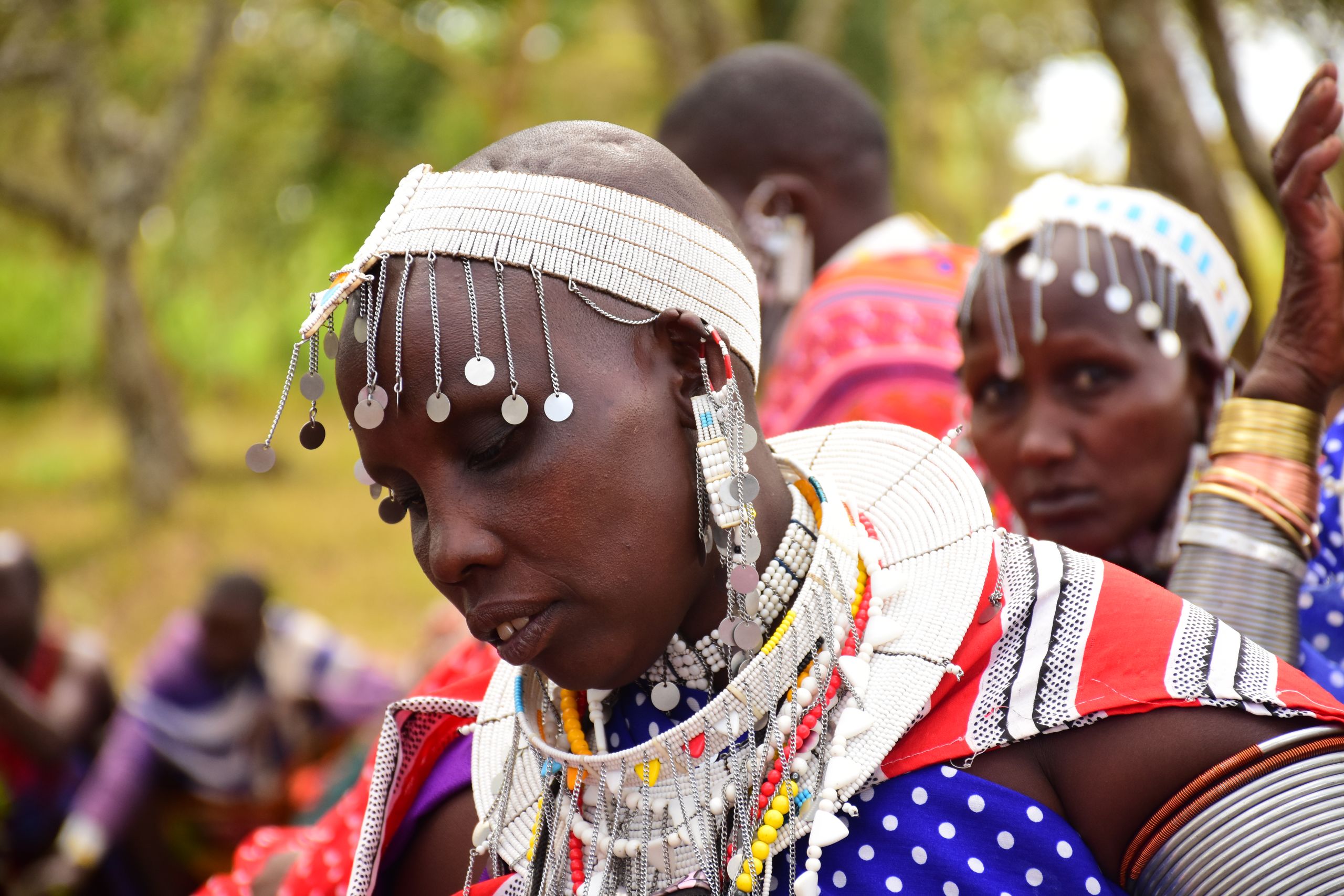
Maasai women from communities in OLENGAPA. Photo: © UNDP Tanzania CO, SGP Tanzania.
The legal documents issued last year allowed the demarcation of community-conserved areas near villages, which are used as grazing areas based on cultural tradition.
This gave the Maasai women easy access to dry firewood, medicinal plants, food and milk throughout the year.
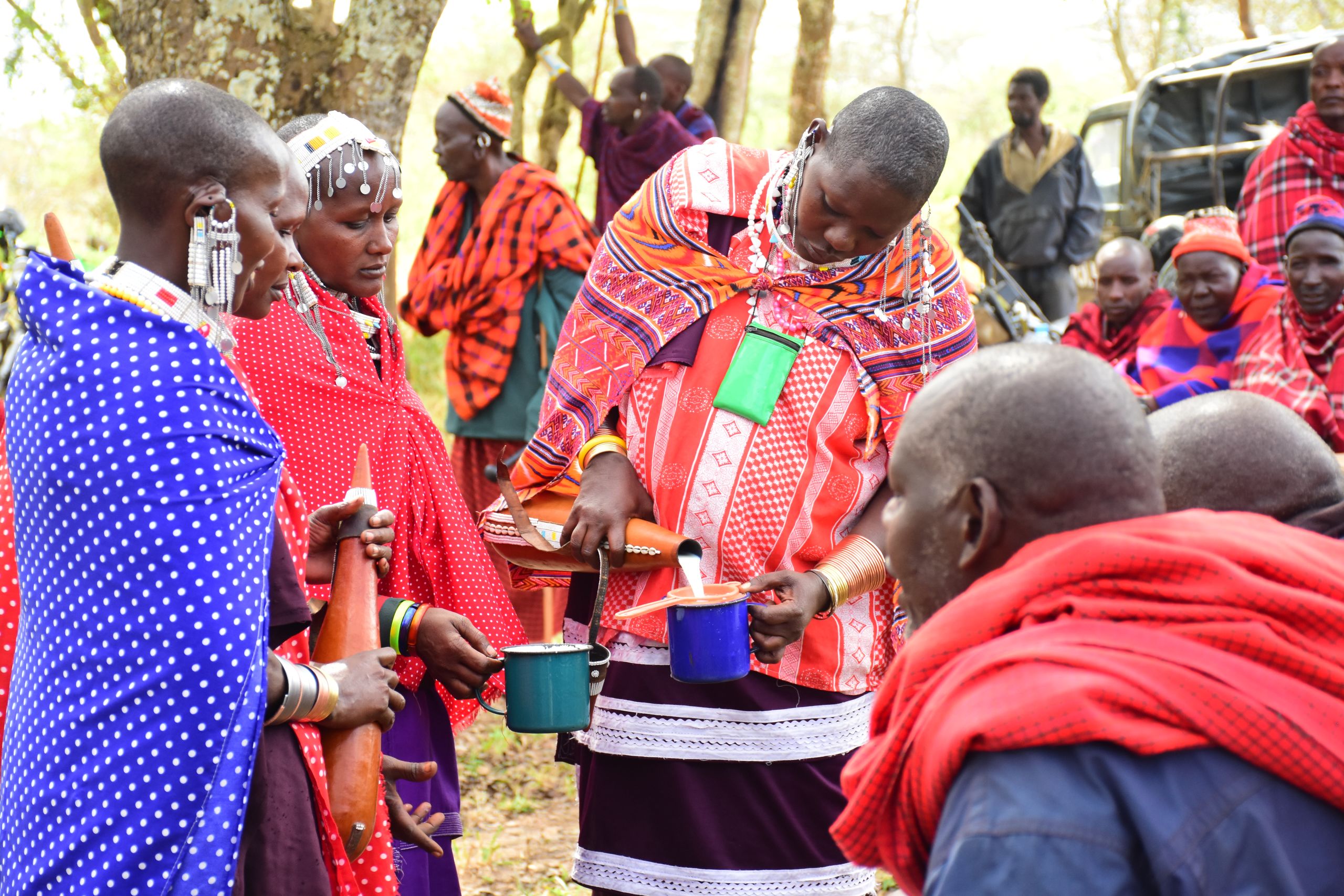
Maasai woman in Kiteto District share milk from her livestock with fellow community members. Photo: © UNDP Tanzania CO, SGP Tanzania.
“As pastoralist women, we are benefiting from having a grazing area nearby and our children will get plenty of milk. Another benefit is that there will be no more conflicts and we will live in peace”, said Agnesi Kunyingare, a local villager.

OLENGAPA shared grazing area. Photo: ILRI, Fiona Flintan.
OLENGAPA shared grazing area. Photo: ILRI, Fiona Flintan.

Maasai women from communities in OLENGAPA. Photo: © UNDP Tanzania CO, SGP Tanzania.
Maasai women from communities in OLENGAPA. Photo: © UNDP Tanzania CO, SGP Tanzania.

Maasai woman in Kiteto District share milk from her livestock with fellow community members. Photo: © UNDP Tanzania CO, SGP Tanzania.
Maasai woman in Kiteto District share milk from her livestock with fellow community members. Photo: © UNDP Tanzania CO, SGP Tanzania.
Maasai women have also reported positive impacts of the community-conserved areas on their livelihoods at the household level. With increased biomass in OLENGAPA by applying traditional knowledge and effective conservation practices, livestock can now graze there for most of the year and, therefore, men and youth do not have to leave their families behind to search for water and pastures in other areas. This also means they have more time to engage in other work, such as sustainable farming.
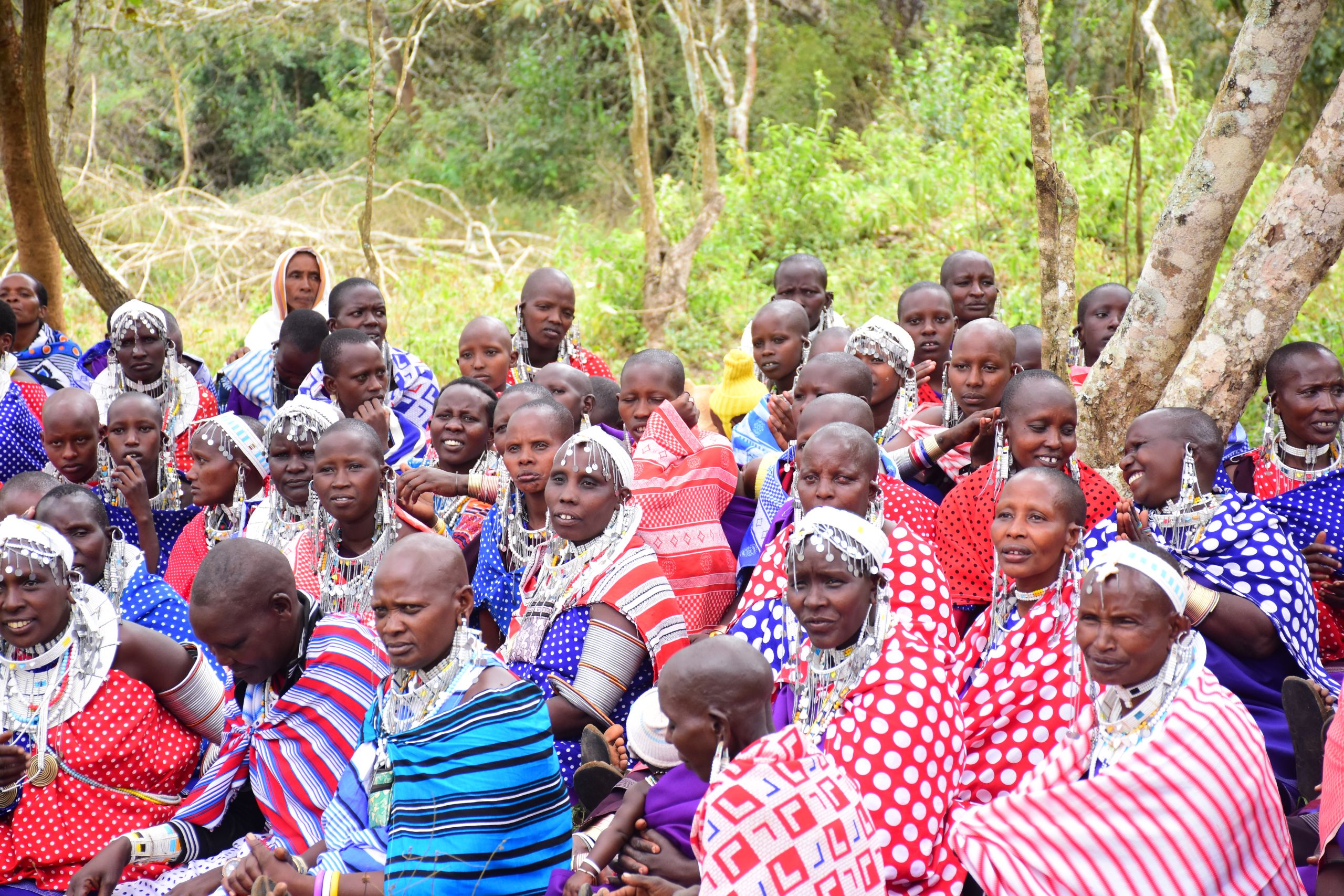
Maasai pastoralists in Kiteto district. Photo: © UNDP Tanzania CO, SGP Tanzania.
Moreover, KINNAPA trained women and youth in alternative income-generating activities, such as beekeeping and managing non-timber forest products.
Another notable result was the creation of a local women association in OLENGAPA as women came together after receiving training about the effects of gender-based violence.
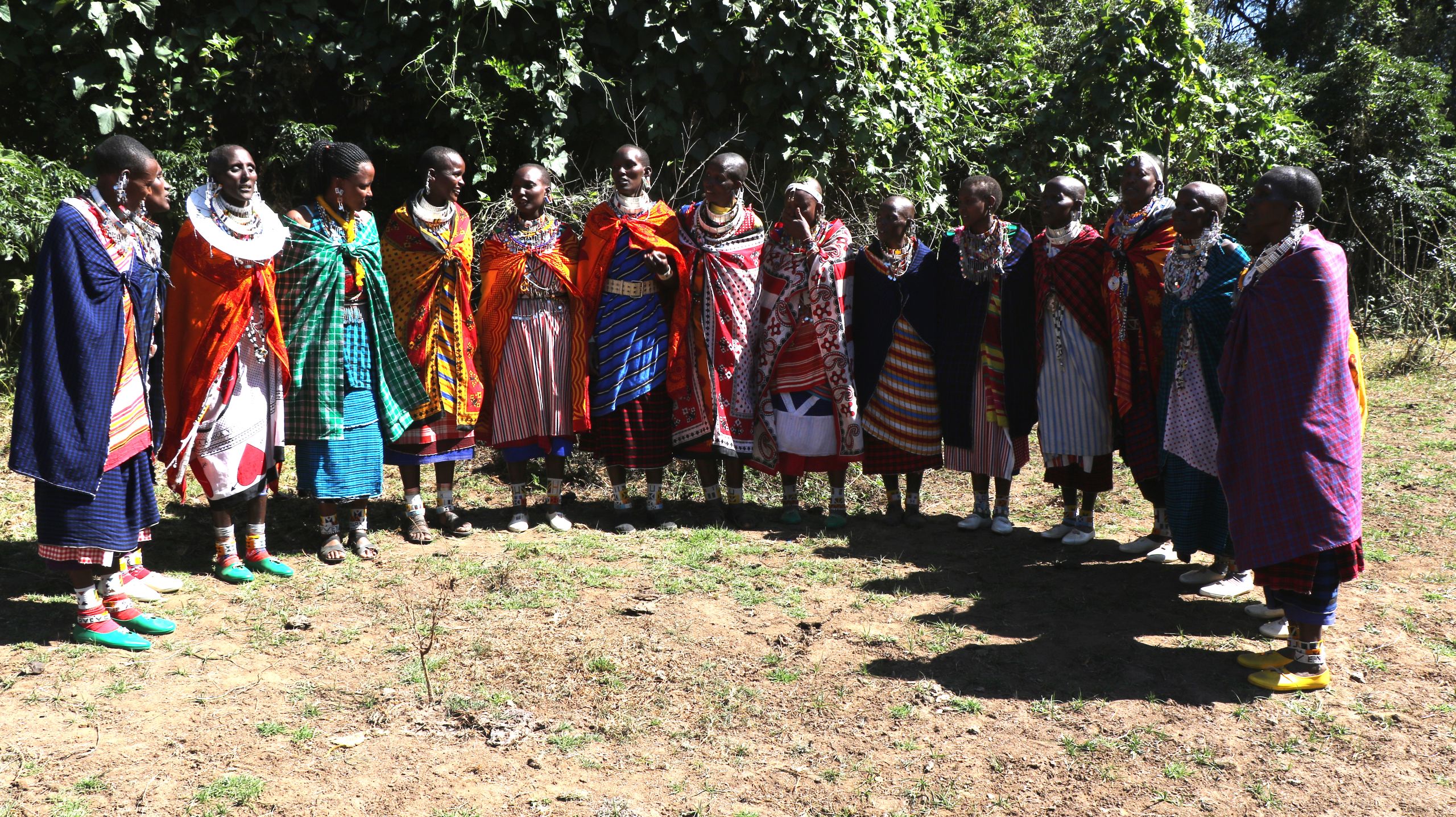
Women's group. Photo: © UNDP Tanzania CO, SGP Tanzania.
“This platform, which advocates on issues such as early marriages, has resulted in making women’s voices be heard in this community. We plan to replicate this in other areas with the same ethnic group and these women could be good mentors”, explained Murusuri.
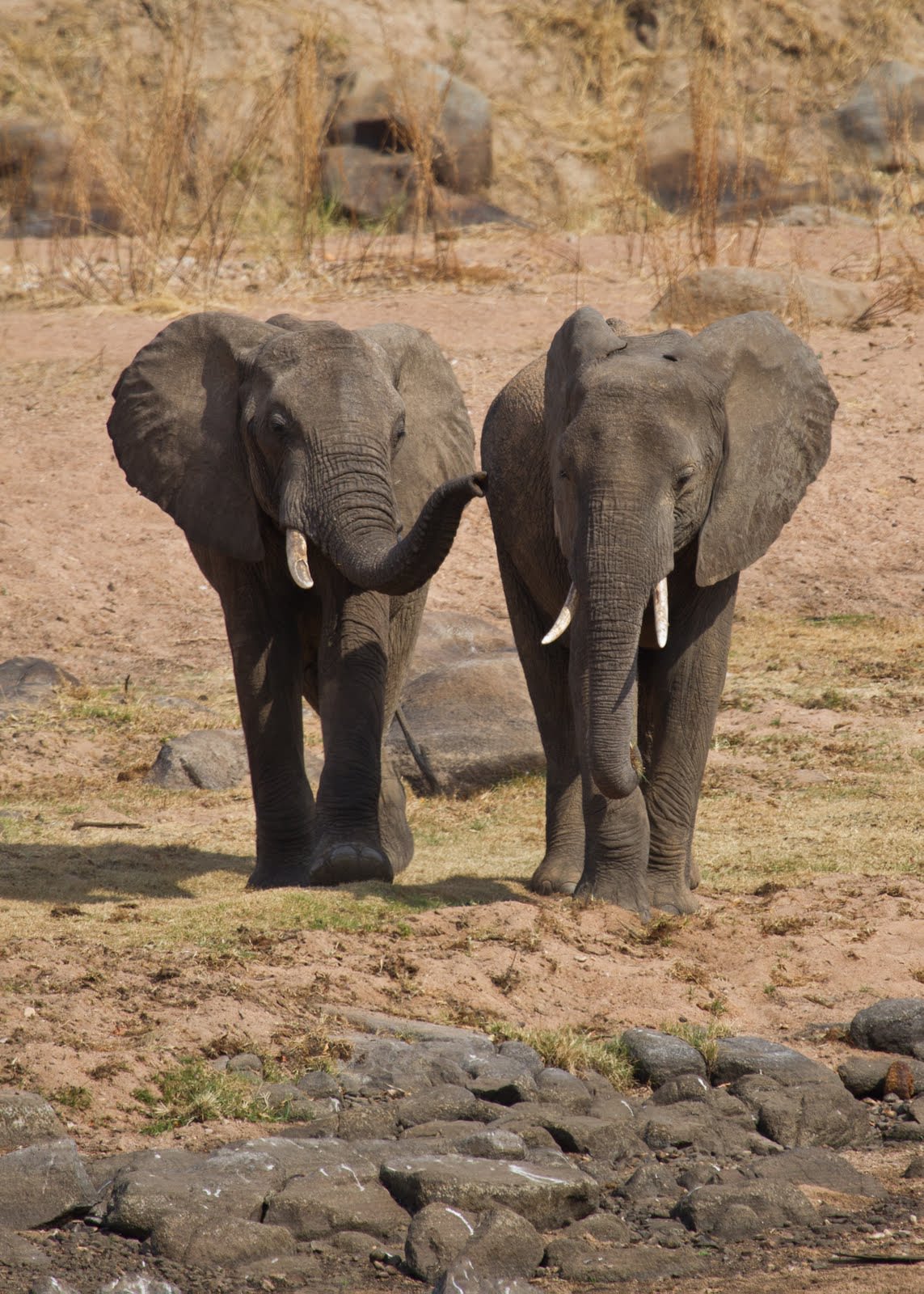
Elephants, Ruaha National Park, Tanzania. Photo: Gregoire Dubois
Zakaria Faustin, TNRF’s Executive Director, added that all the projects supported through the ICCA-GSI partnership had documented traditional practices, knowledge and skills that contributed to conservation outcomes in the ICCAs, with great potential for replication and scaling up:
“The government of Tanzania is now using these in different areas to ensure the protection of threatened species, such as rhinos and elephants”.

Maasai pastoralists in Kiteto district. Photo: © UNDP Tanzania CO, SGP Tanzania.
Maasai pastoralists in Kiteto district. Photo: © UNDP Tanzania CO, SGP Tanzania.

Women's group. Photo: © UNDP Tanzania CO, SGP Tanzania.
Women's group. Photo: © UNDP Tanzania CO, SGP Tanzania.

Elephants, Ruaha National Park, Tanzania. Photo: Gregoire Dubois
Elephants, Ruaha National Park, Tanzania. Photo: Gregoire Dubois
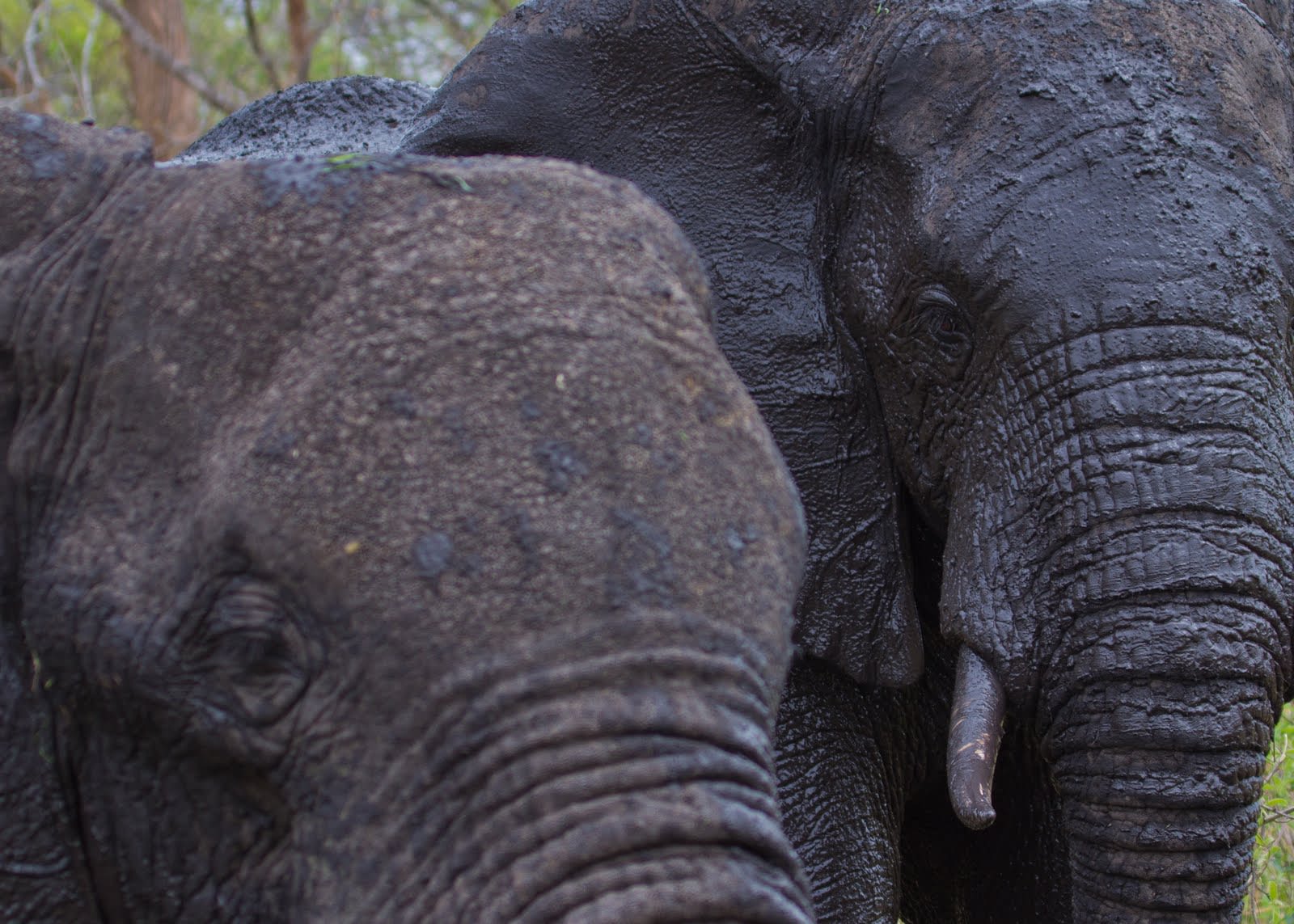
Elephants, Katavi National Park, Tanzania. Photo: Gregoire Dubois.
Elephants, Katavi National Park, Tanzania. Photo: Gregoire Dubois.
25 years of engagement with Indigenous Peoples
SGP provides financial and technical support to civil society and community-driven initiatives that address global environmental issues while improving local livelihoods.
Since 1997, it has supported more than 300 projects in Tanzania in the areas of biodiversity, climate change, land degradation and international waters.
During the 20th Session of the United Nations Permanent Forum on Indigenous Issues, held virtually in April 2021, SGP organized a side event to discuss the crucial role of indigenous peoples as stewards of nature and present a retrospective report on its 25 years of engagement with these groups.
The ICCA-GSI is a global partnership delivered by SGP in close collaboration with the Global ICCA Consortium, the United Nations Environment Programme’s World Conservation Monitoring Centre and the International Union for Conservation of Nature to improve the recognition and overall effectiveness of territories and areas conserved by Indigenous Peoples and local communities for biodiversity conservation, sustainable livelihoods and resilience to climate change.
For more information, visit the SGP website.
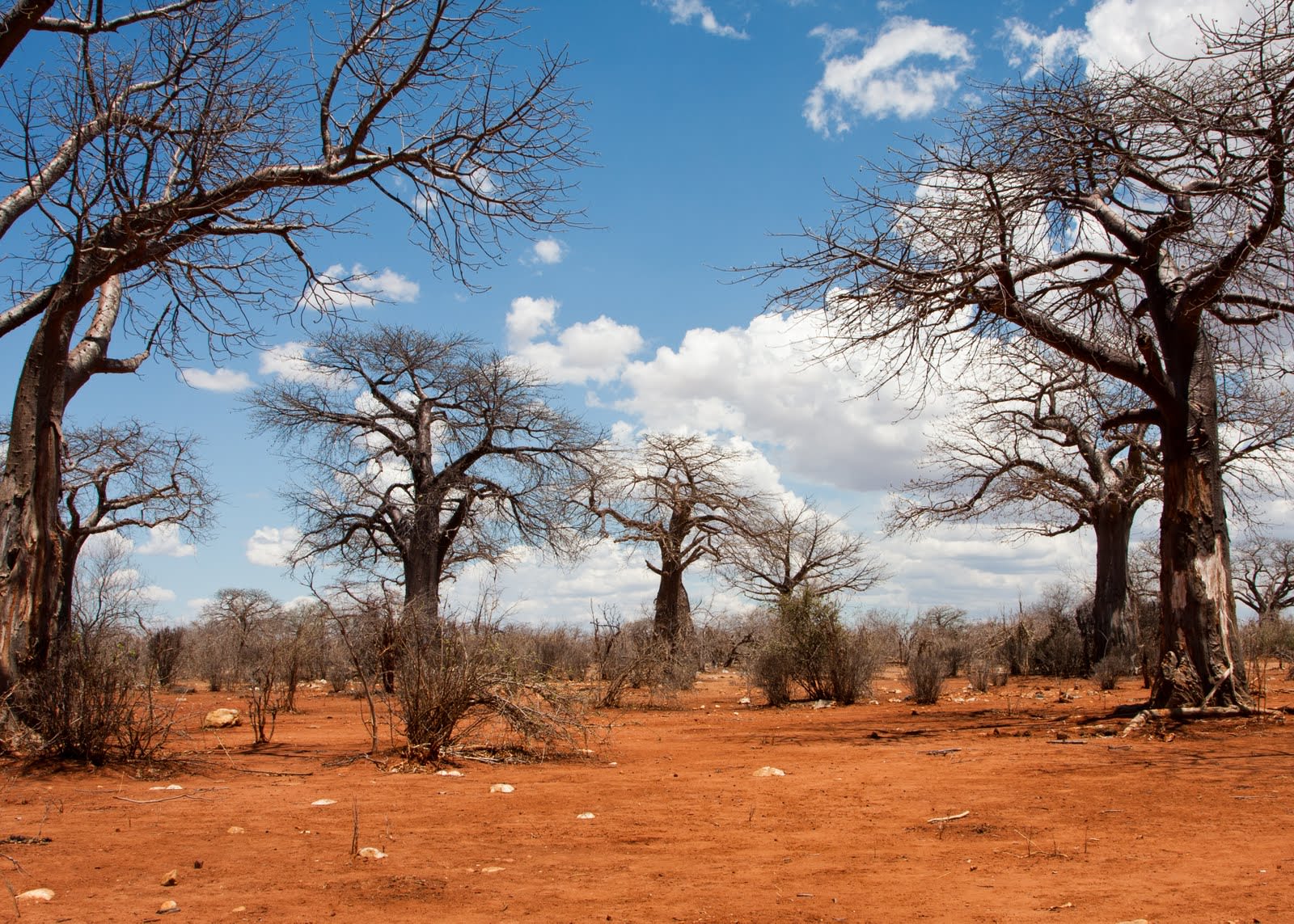
Baobab trees, Ruaha National Park, Tanzania. Photo: Gregoire Dubois.
Baobab trees, Ruaha National Park, Tanzania. Photo: Gregoire Dubois.
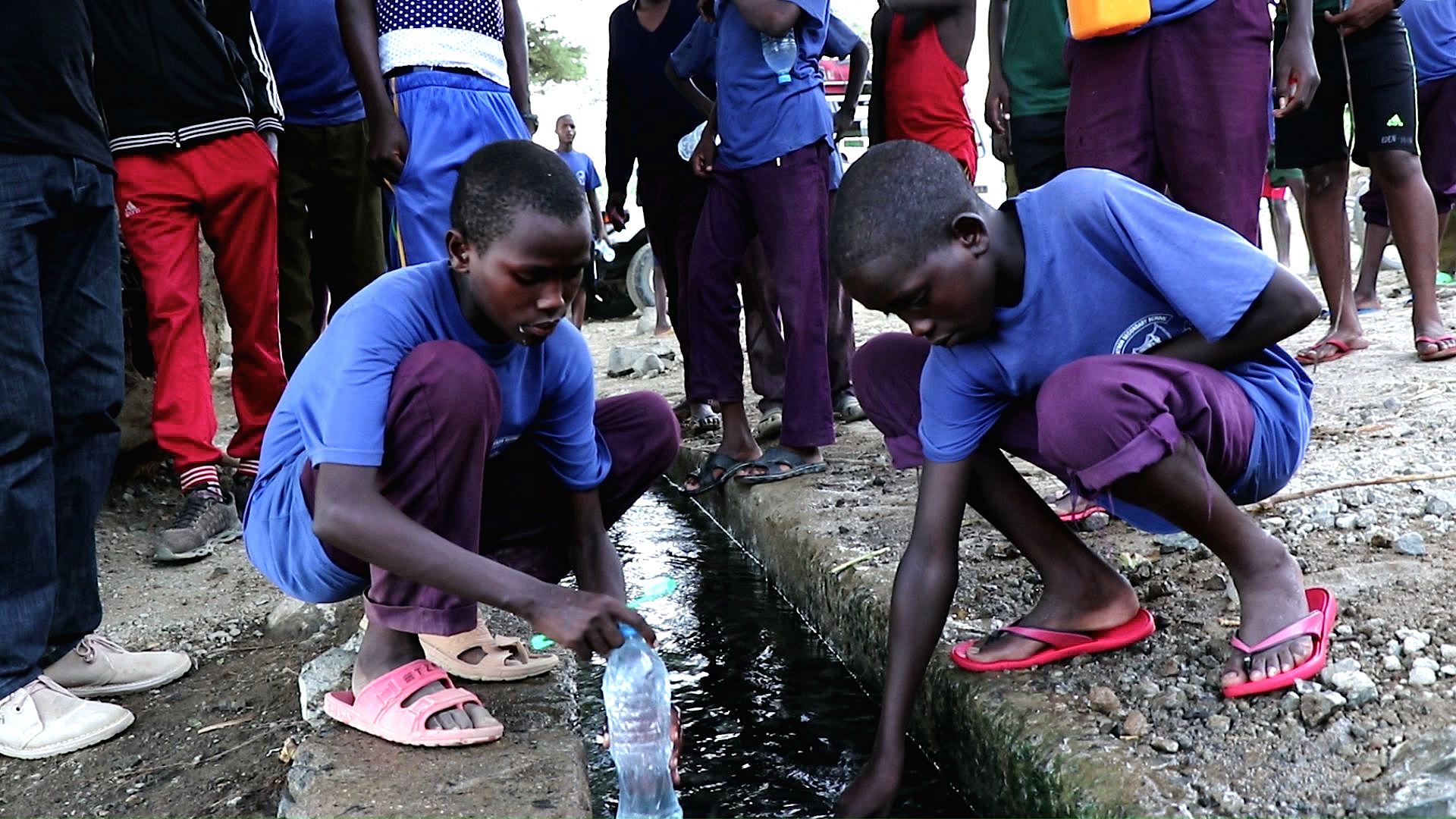
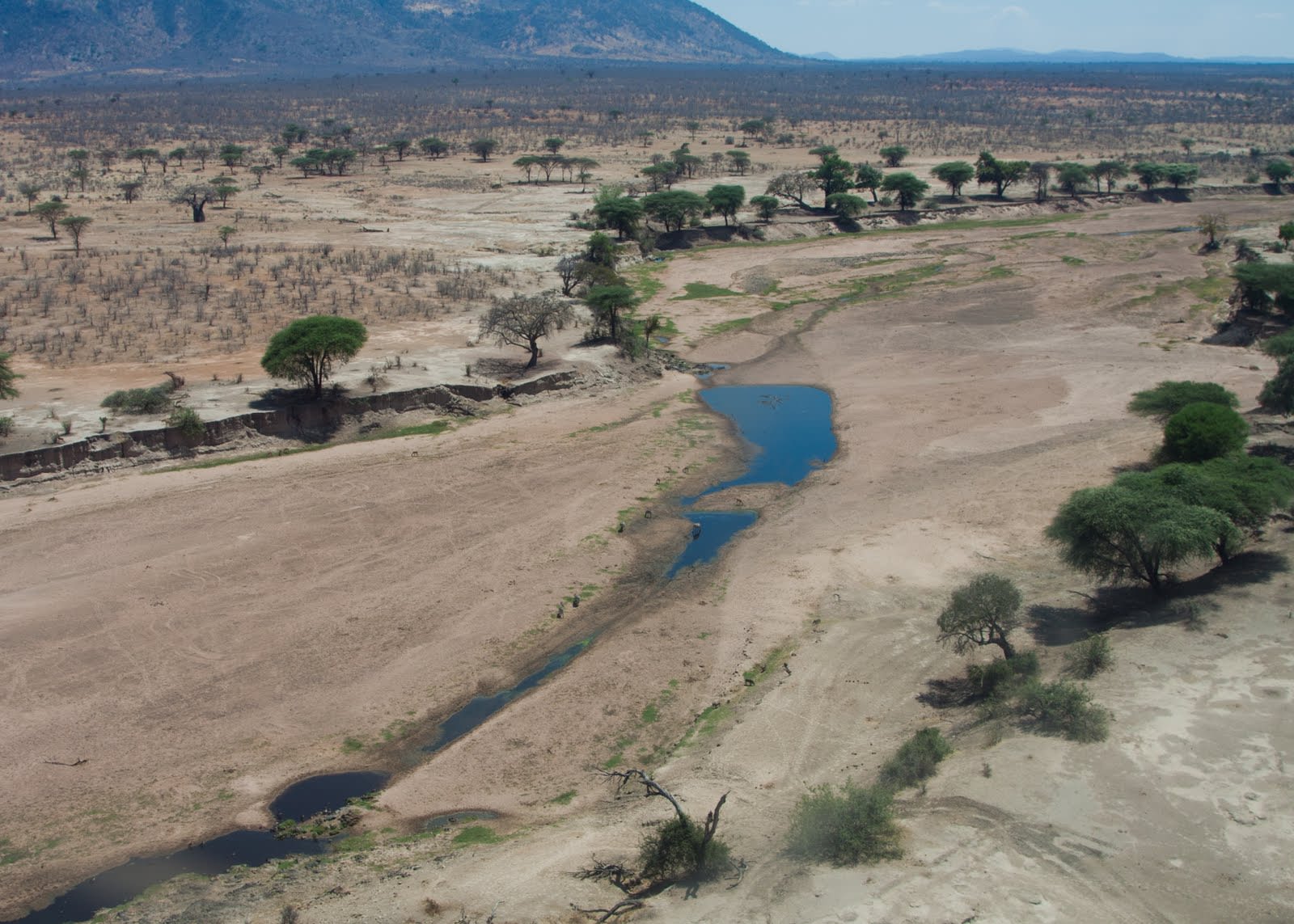
Ruaha National Park, Tanzania. Photo: Gregoire Dubois.
Ruaha National Park, Tanzania. Photo: Gregoire Dubois.

Story by: Ana Paula Canestrelli, Nehemiah Murusuri and Andrea Egan
Photos: © UNDP Tanzania CO, SGP Tanzania and others as noted
Header photo: Serengeti, Tanzania. © Hu Chen, Unsplash.com
Location: Kiteto District, Northern Tanzania
